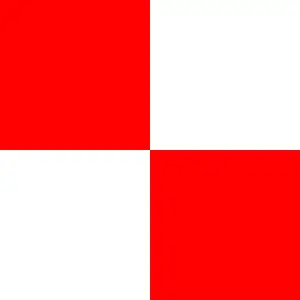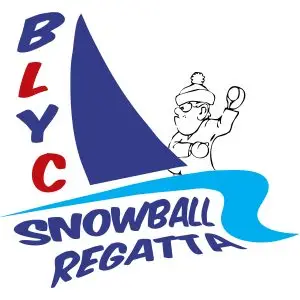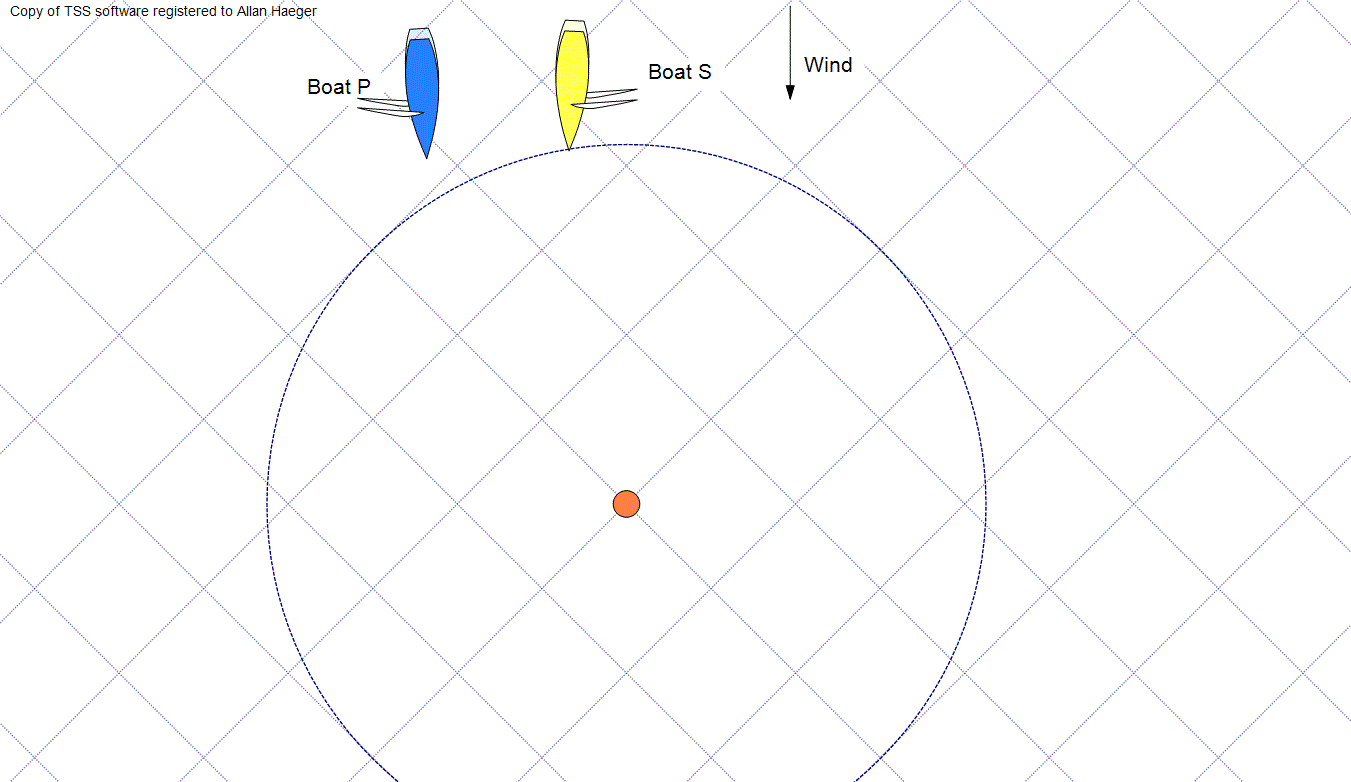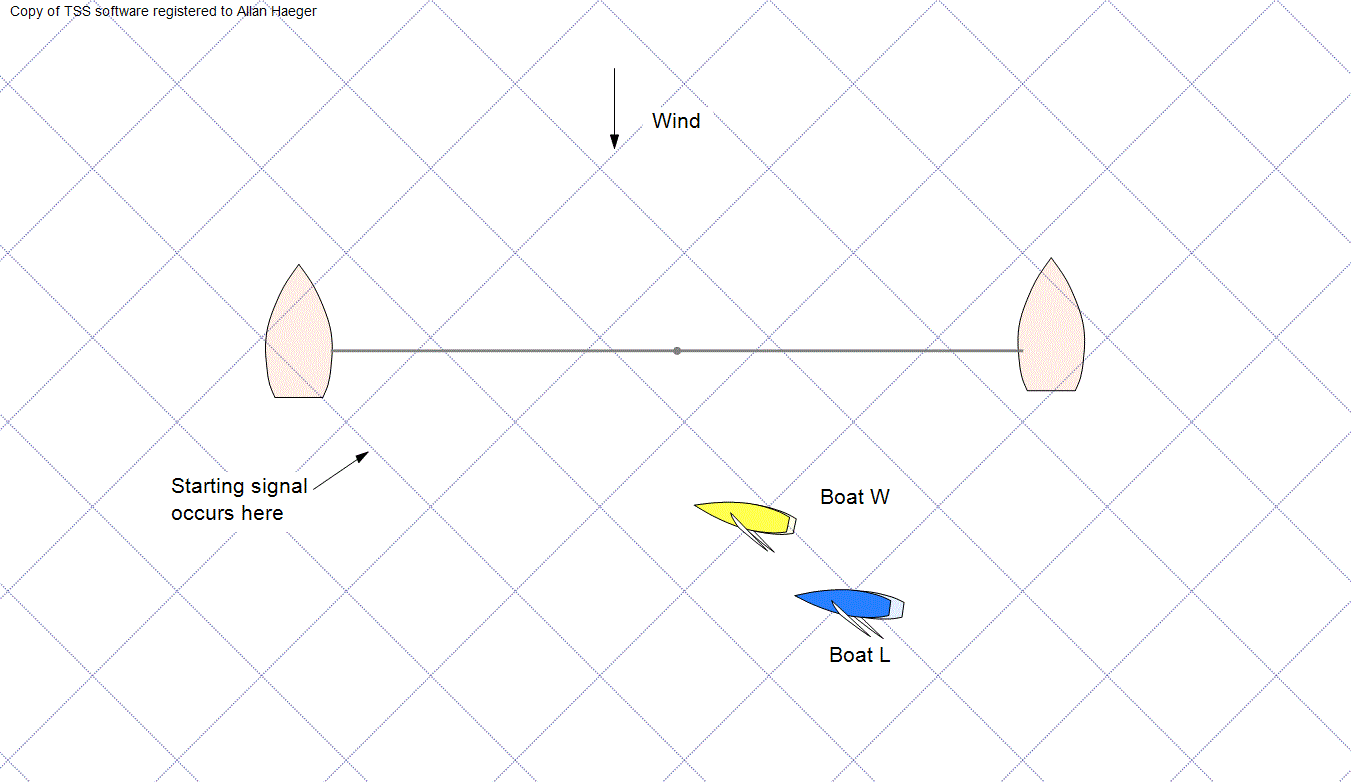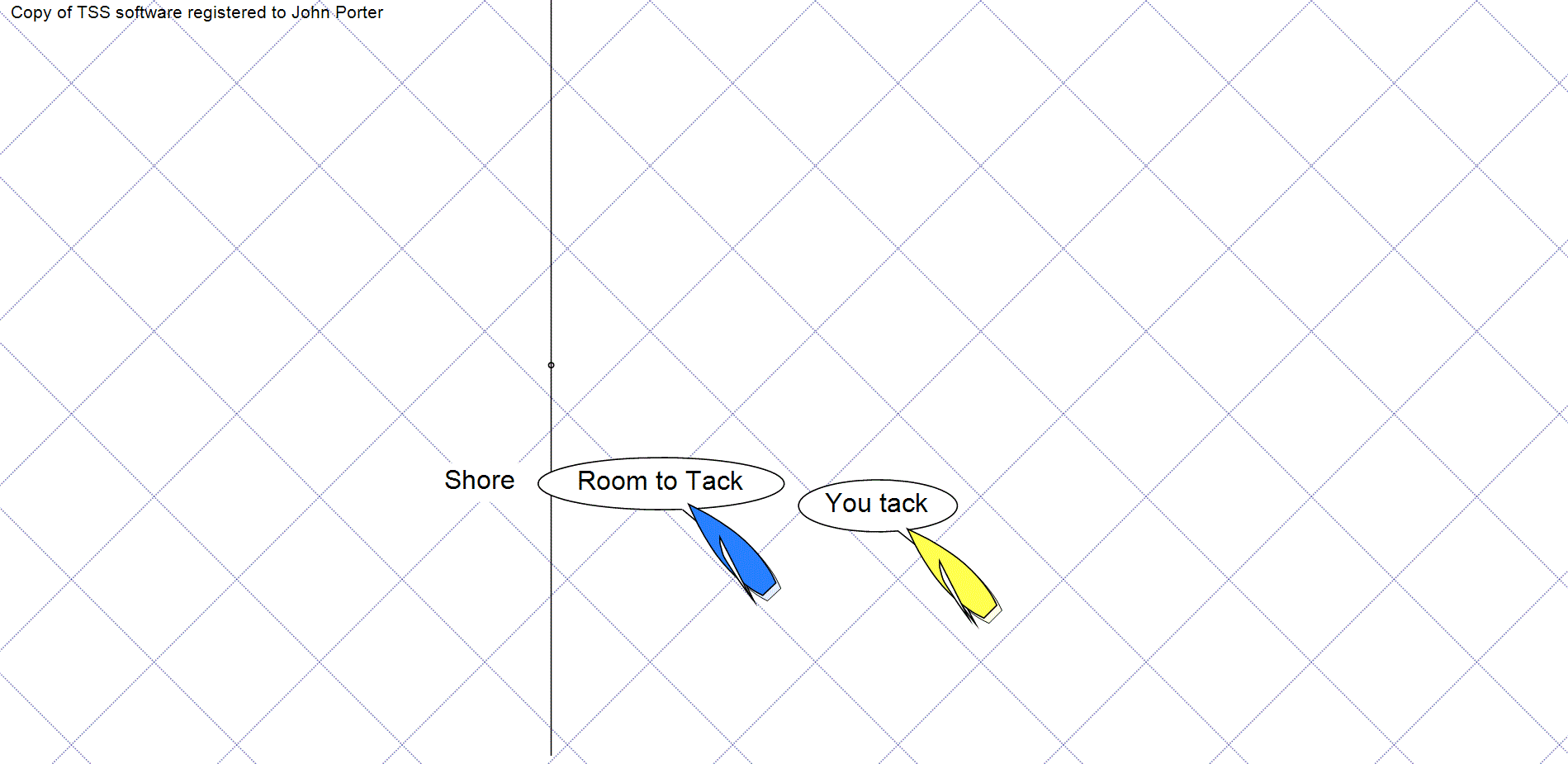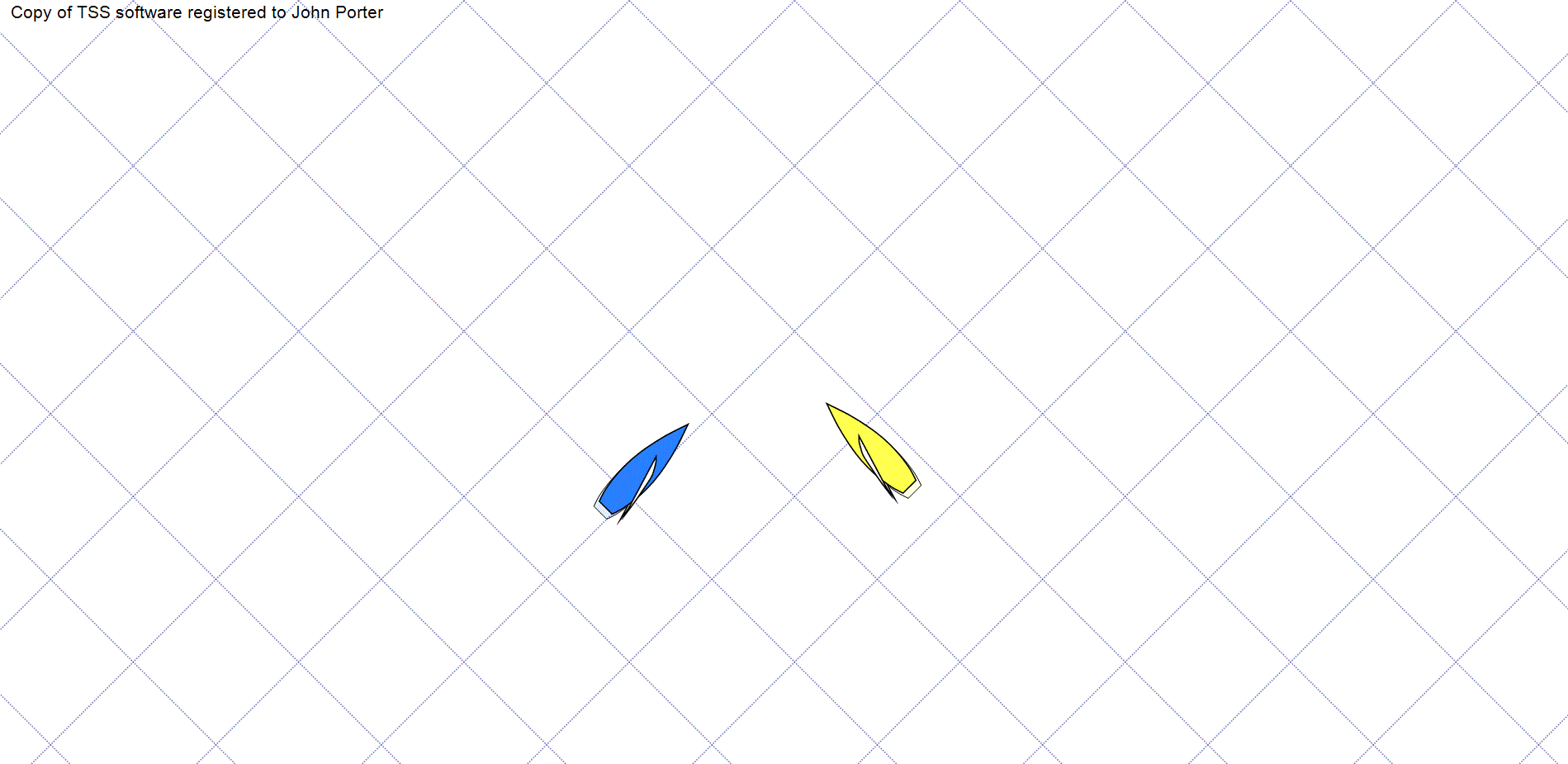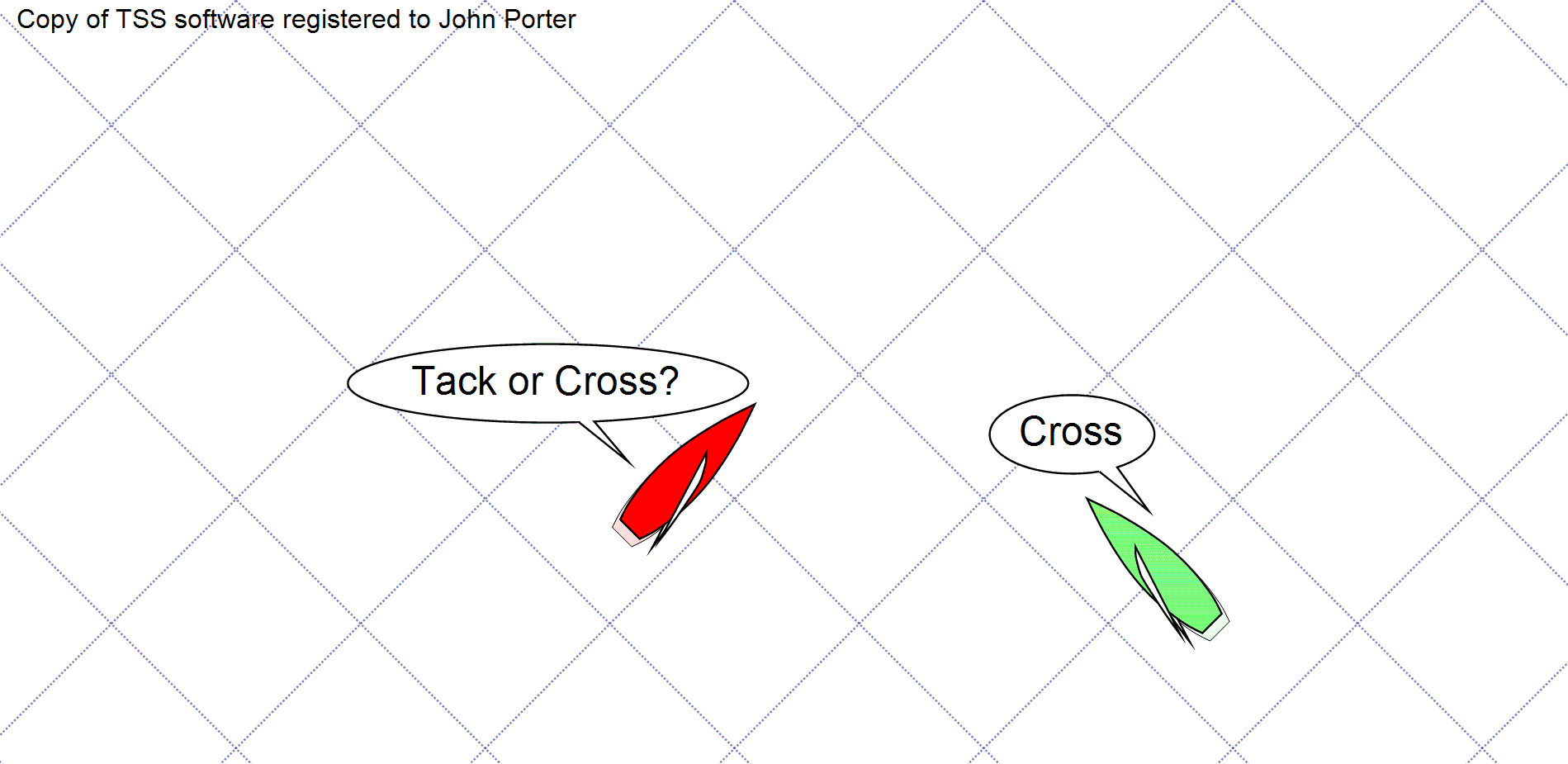Each week this season, we will offer a “quiz” question regarding the Racing Rules of Sailing. Read the scenario below, formulate your answer, then move your mouse over the box to reveal the correct answer.
Need further explanation?
something we can discuss on the porch on Sunday.
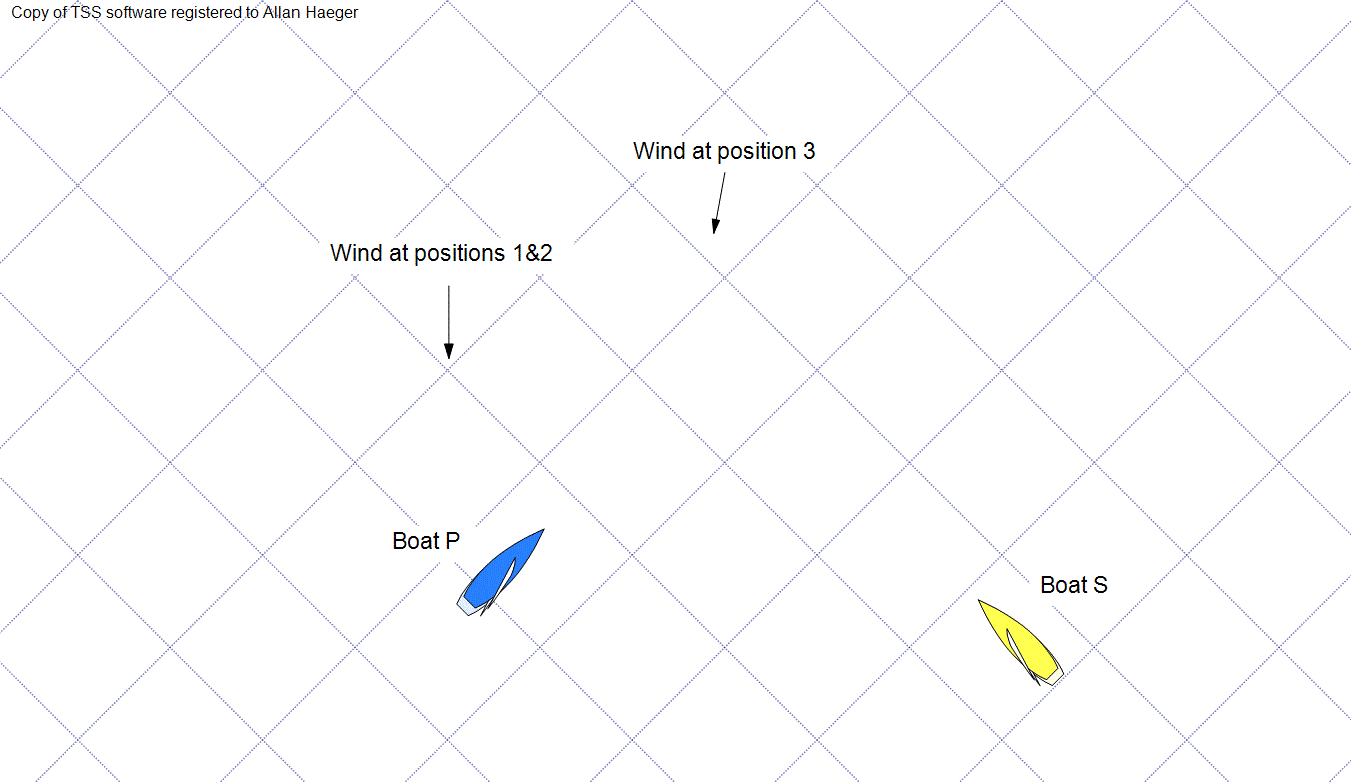
This quiz was borrowed from the Inland Lake Yachting Association‘s #FairSailing initiative
Learn more at sailzing.com
Excerpted from Dave Perry’s100 Best Racing Rules Quizzes, available from US Sailing. For a comprehensive explanation of the rules, read Dave Perry’s Understanding the Racing Rules of Sailing through 2024, which is also available from US Sailing.

